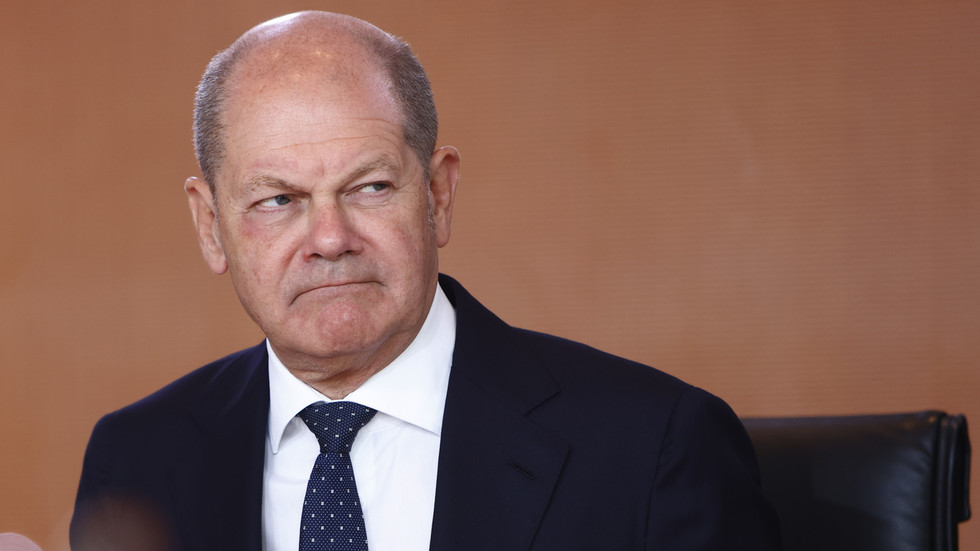In a recent EU leaders’ meeting in Brussels, Polish President Andrzej Duda stirred controversy by proposing to use approximately $271 billion in frozen Russian assets to finance Ukraine. This suggestion reportedly left German Chancellor Olaf Scholz “exasperated” and prompted a heated exchange, as Scholz vehemently opposed Duda’s idea. During the discussions, it was asserted that if U.S. President-elect Donald Trump were to cut funding to Ukraine, the confiscation of Russian assets could become a viable option. Scholz expressed strong concerns about the potential repercussions on the stability of European financial markets, emphasizing the inappropriateness of such a move, especially in light of Poland’s currency preference—the zloty—rather than the euro.
The backdrop of this heated discussion is rooted in the broader European Union stance toward Russian sanctions. Following the geopolitical turmoil, the U.S. and EU have successfully immobilized around $300 billion in Russian assets as part of sanctions initiatives. While countries like the U.S. and U.K. are in favor of fully appropriating these assets, major EU economies, including Germany, France, and Italy, are apprehensive about the potential destabilization of the eurozone stemming from such actions. Scholz, in particular, pointed out the implications for Poland, a non-euro member, stating that they should not intervene in matters concerning the euro at this juncture.
The debate over the use of frozen assets is not an isolated incident; rather, it reflects ongoing discussions within the EU regarding how to aid Ukraine post-conflict. Kaja Kallas, the newly appointed EU foreign policy chief, highlighted the importance of utilizing these immobilized funds for the reconstruction of Ukraine, proposing to return only what might remain. Notably, prior disbursements from the frozen Russian assets have already begun, marking a significant step. Euroclear recently facilitated a payment of about $1.6 billion to the European Fund for Ukraine from the interest generated by these immobilized assets, indicating that some funds are indeed being put to use.
The G7 countries have also entered the fray, earmarking an aid package of $50 billion for Ukraine, also sourced from the frozen Russian assets. However, significant caution persists among financial institutions and leaders alike. Euroclear CEO Valerie Urbain warned that permanently seizing these Russian reserves could jeopardize the euro’s status as a reserve currency, endangering broader financial stability within the EU. This sentiment is echoed by Christine Lagarde, Urbain’s predecessor, who has previously expressed similar concerns about the long-term impacts of such actions.
Russia’s response to these discussions has been vehement, with officials accusing the West of “stealing” their national resources. Russian Finance Minister Anton Siluanov cautioned that Russia is prepared to retaliate, having frozen Western investments, and indicated these resources could also be drawn upon in response to actions taken against Russian funds. The specter of an escalating financial confrontation looms, as Russia is poised to act in accordance with its own strategy to safeguard these assets.
The dynamics of this debate underscore the precarious balance Europe is trying to achieve between supporting Ukraine and maintaining stability within its own financial systems. The disagreement among member states highlights the differing priorities and economic philosophies, risking further strains in unity as they confront the ongoing conflict’s ramifications. As the situation develops, the implications of either pursuing or rejecting Duda’s proposal will likely have profound effects on both Ukrainian recovery efforts and the financial landscape of Europe.

